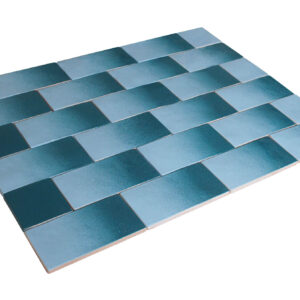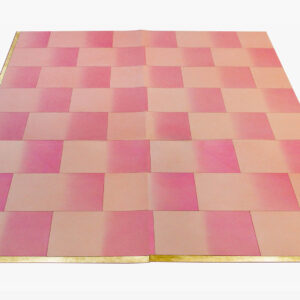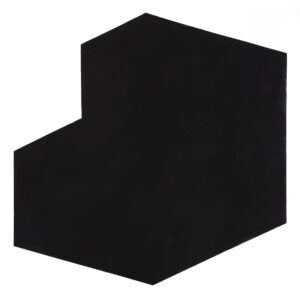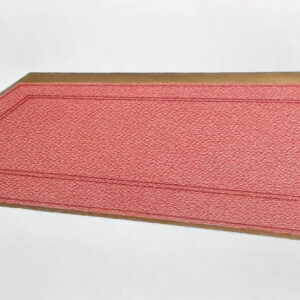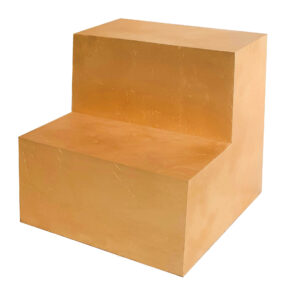A Room Facing the Hall
Solo Exhibition By Abolfazl Harouni20 November to 14 December 2020Abolfazl Harouni was born in Karaj (a suburb of Tehran) in 1998 and has a BS in Painting from the University of Tehran.
The A Room Facing the Hall collection is his first solo exhibition as well as his first collaboration with INJA Gallery. 24 examples of his art in different dimensions and materials will be shown. The majority of his work is with colored pencil and gilding on cardboard.
Harouni is one of the selected artists from the 2018 Damonfar Seventh Painting Biennial and he has also participated in four group exhibitions. Abolfazl studied graphic design during high school and later, during his painting classes at university he gradually became attracted to geometric shapes and flat surfaces in architecture which he incorporated into his painting.
About his own art, Abolfazl says, “In my first series of artwork, I placed an emphasis on the identity of architecture. In my new collection, I now place this emphasis on Iranian Illustrative identity. My process in creating my paintings is made up of surface, color and imagery rather than illustrations of architecture and miniature.
Surfaces are the foundation of imagery that we are connected with and sense in our homes, cities or any place we might be. These surfaces have identity and become important to us; either becoming memories or fading away. I get pleasure from playing with surfaces and experimenting on them to create images or objects. Social and cultural concerns exist that I add to my work and eventually use as a medium for expression.”
“Iranian painting is a wide field where an Iranian artist has to be in touch with its history and art of their own era and its aftermath. Colors and shapes in miniature show a portion of aesthetics and the Iranian knowledge of colors throughout its history that still exists in our minds today, even though this may be a little faded yet still a segment of our collective subconscious.”
A Room Facing the Hall
The world of Persian painting utilizes a variety of implements to elude materialism. Each of these implements negates a part of the material bond of ‘things’ with the world. Instead of creating a world for individuals and things, the painter uses these methods to construct a system of concepts and images.
The present collection is the result of examining this system of thought in the bond between things and their surroundings.












